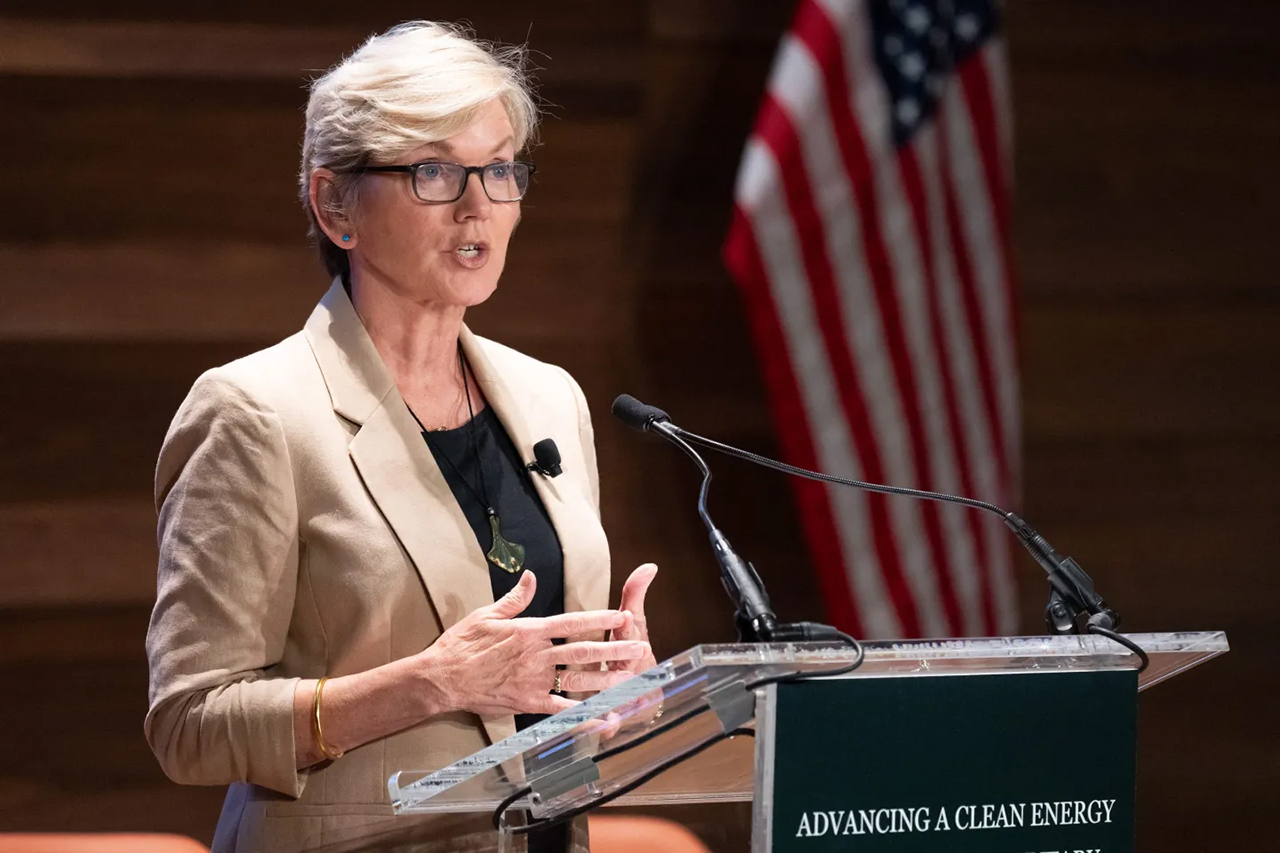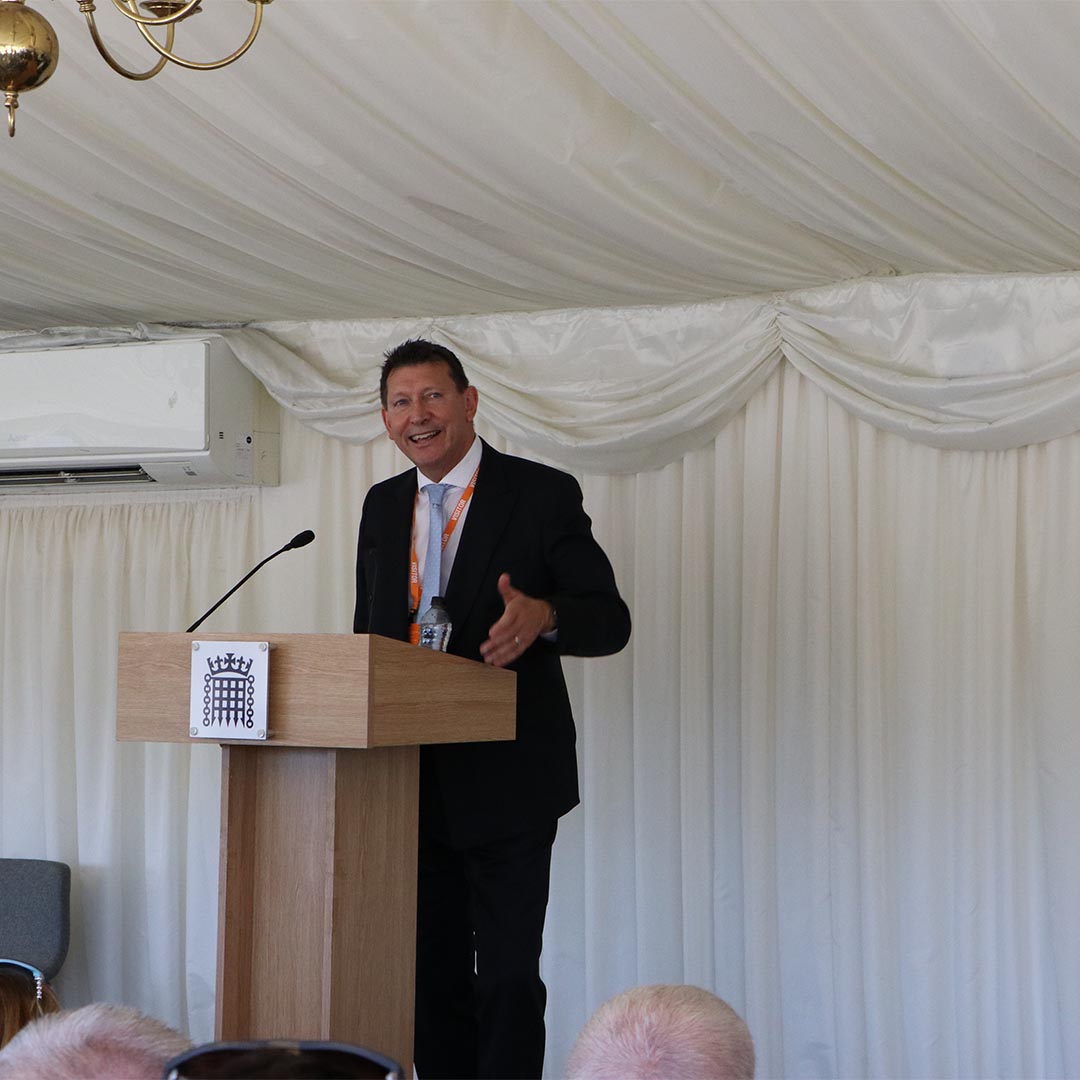Growth is the goal. Energy is the challenge.
This week, US authorities changed the game with the announcement that $900million was available towards the development and deployment of small modular nuclear reactors.
U.S. Department of Energy sources told the media their plan is to use this funding – part of President Biden’s Infrastructure Act—to spur the deployment of advanced nuclear reactor technologies and encourage private sector reactor projects to support ambitious climate goals and meet demand for clean, reliable, and affordable power.
America is no stranger to nuclear power, in 2023, nuclear energy provided nearly half of the nation’s carbon-free electricity, but U.S. officials estimate they will need approximately 700-900 GW of additional clean power generation capacity to reach net-zero emissions by 2050.
And to solve this challenge, America is expecting her technology companies, big data users and entrepreneurs to do the heavy lifting.
“What we’re starting here is a race to the top,” announced U.S. Energy Secretary Jennifer Granholm.
Speaking at an event at Amazon’s HQ she urged private investment in nuclear technology: “The bigger and bolder these companies dream, the greater the rewards will be for all of us.”
And with good reason. Amazon, Microsoft and Google are all desperate to ink deals for new sources of clean energy to power their rapidly growing Artificial Intelligence and data centre businesses.
With their public commitment to clean energy targets and government incentives and penalties in place, splitting the atom has become an attractive source of fuel for the mega-cap tech giants.
Contrast that with the UK.
It is difficult to imagine Ed Milliband turning over the nuclear challenge to the big six UK energy providers and the public being comfortable with E.ON or Scottish Power running the show.
Britain’s recent nuclear record hasn’t inspired much confidence either.
At an estimated cost of £50billion, Britain started building its newest nuclear facility Sizewell C in Somerset in 2017 but after numerous delays and overspends doesn’t expect it to be in commission until 2030 at the earliest. There is also concern about the Chinese State owning 30% of the nuclear generator when it finally does come on-line.
Compare this with America where there is no hanging around.
If you want to get your mitts on the nearly one billion dollars the US Department of Energy has put up for grabs, get busy because the deadline for applications is January 17, 2025, at 5pm ET.
And in an election year, politicians are taking great comfort in this cash being earmarked for American businesses too. In a global world it may sound a bit ‘jingoistic’ but, unapologetically, the money is designed to spur U.S. technologists and their businesses.
For the first tranche of cash, Tier 1, teams must include and be led by a U.S. utility, reactor technology vendor, or engineering, procurement, and construction company. And to access the second pot of funds, Tier 2, applicants must be project owners or utilities, or entities looking to improve the capability, capacity, or cost competitiveness of the domestic supply chain so that local communities marginalized by under investment or disadvantaged by pollution are the benefactors.
Big Data aren’t hanging around.
Google has inked a deal with Kairos Power to develop 500 megawatts of nuclear power. To give some sense of scale to the amount of energy data centres require, the 500 megawatts of electricity these new reactors will generate is enough to power one AI data centre – or an entire mid-sized city like Sacremento, California or Cambridge, Massachusetts.
Amazon is already the top consumer of energy in the nation, moving ahead of Walmart some years ago. It too has launched partnerships with Energy Northwest and X-Energy to help fund the construction of four modular nuclear units in Washington state and has a deal with Dominion Energy to explore the possibility of building more in Virginia.
The Virginia area is a national data centre hub with experts predicting electricity demand for these vital installations will double from its current consumption to more than 10% of the nation’s total energy load.
The reactors from X-Energy, said Amazon Web Services CEO, Matt Garman, are “a new technology around nuclear power that’s going to allow us to build smaller, self-contained power generation near data centres, near where we want them, in a completely safe and scalable way.”
Flush with support for the initiative, American politicians are clear about how they see this vital technology advancing.
The path to decarbonization, Granholm said, “is private sector led, government enabled.”
She also urged big energy users like data centres to recognise they will be more welcomed into local communities if they do what any good guest does – bring your own, in this case, power.
BYOP – is a concept which has firmly taken root in the U.S. as it prevents local electricity users being saddled with the cost of upgrades and grid expansion. City officials and planning authorities demand that developers of high energy consuming plants and facilities have adequate plans for the demands their business will make on local and regional infrastructure.
There are also other attractions to this approach, as well as spurring small nuclear module reactor development, it is expected to bring further attention and focus to energy storage, battery and grid solutions which will enhance the uptake of electric vehicles and other renewable energy generation projects.
So, is nuclear back? Are the public convinced and reassured of the safety, cleanliness and cost advantages of nuclear? It seems so.
Last month, Microsoft signed a 20-year deal to buy clean power from Constellation Energy. To provide the energy required Constellation will re-open its mothballed nuclear plant outside of Harrisburg, Pennsylvania. This facility is better known as Three Mile Island – the site of the U.S. worst nuclear disaster.
Back in March 1979, one of the core reactors malfunctioned and radiation was released into the local environment. This accident slowed the advance of nuclear power in the U.S. as communities near these facilities panicked.
But 45 years later, it seems all is forgotten if not forgiven.
The goal of tackling climate change is now top of the agenda and with soaring energy demand and costs, the public wants new solutions.
With consumers, power generators, data hoarders, government and big finance all behind this latest initiative, I don’t predict we will see many protests or, sadly, a return of that smiling sun badge – AtomKraft? Nein Danke! -anytime soon.













